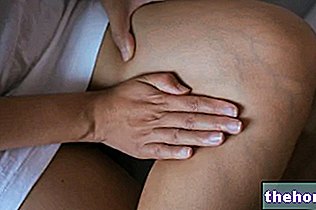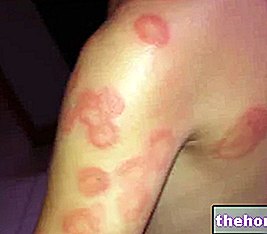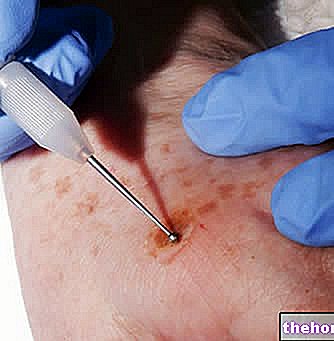
This cutaneous disorder is sustained by the presence of auto-antibodies wrongly directed against the basement membrane of the epidermis. The result of this interaction is the detachment of the latter from the underlying dermis, from which the bullous eruption ensues.
The blisters of bullous pemphigoid are large and tense (ie fixed and not flaccid), with a clear content, and are accompanied by severe itching; often, these lesions may present on normal-looking skin or on the edge of erythematous plaques. Involvement of the mucous membranes, on the other hand, is rather rare.
Bullous pemphigoid has a relatively benign chronic course, with periods of spontaneous remission alternating with relapses. Only in some cases, the disease correlates with a poor prognosis, leading the patient to death.
Diagnosis is established on the basis of clinical presentation and skin biopsy, supported by immunofluorescence of the skin and serum.
The treatment of choice for bullous pemphigoid involves the use of systemic and topical corticosteroids. Most patients require long-term maintenance therapy, for which a variety of immunosuppressants can be used.
normal or erythematous appearance. These lesions with serous or serum-blood content cause intense itching.
Bullous pemphigoid is immunologically characterized by the presence of autoantibodies mistakenly directed against two healthy and normal structural proteins of the organism, which are interpreted as dangerous antigens, therefore considered worthy of an immune attack.
at the level of the hemidesmosomes (i.e. in the adhesion areas of the basement membrane);








.jpg)


















